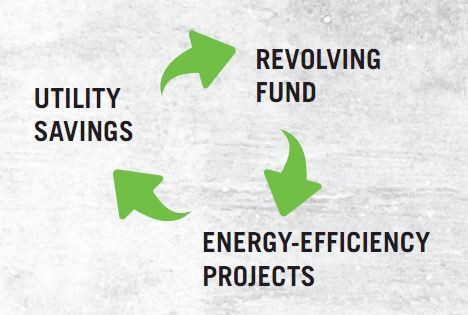Green Funds
Post on: 23 Май, 2015 No Comment

Green funds include both traditional mutual funds and ETFs. While both types of funds cover this fast-growing sector, ETFs may hold a slight advantage for diehard green investors: You will always know exactly which stocks are held by the fund. In contrast, mutual fund holdings are only published occasionally, meaning you won’t know if they add in (or fail to sell off) a company that you don’t consider green. Green funds come in three basic flavors: eco-friendly, alternative energy, and sustainable resource funds.
Eco-Friendly Funds
Mutual funds that focus on eco-friendly corporations have a broader range of investment options than more targeted green funds. These funds can include companies that strive to improve the environment, produce environmentally friendly products, or take steps to minimize their negative impact on the environment.
One such mutual fund is the Calvert Large Cap fund, which invests in less risky large-cap stocks but still screens for green. The fund actively seeks out corporations that have environmentally conscious reputations and bring in decent returns.
When looking into eco-friendly funds, be extra diligent in your screening. Corporations may paint themselves green to look better to investors, and some mutual fund companies may be more interested in posting big returns than truly vetting their holdings. Make sure you read the most recent list of holdings, then decide for yourself whether those holdings match the stated philosophy of the fund.
Alternative Energy Funds
Alternative energy funds hold baskets of securities of corporations that are actively involved in researching or producing alternative energy sources. They search out corporations that are involved with technologies like solar and wind power, biofuels, hydro power, and other sustainable and renewable energy sources. Right now, these alternative energy sources supply only about 20 percent of global energy. But as the most popular forms (oil, coal, and natural gas) are neither renewable nor sustainable, that balance will have to shift in the future. In addition, as oil prices climb higher and higher, alternative energy funds grow in value.
Eco-friendly funds may hold shares of companies that are making minimal changes in order to qualify as green investments, but may still be less than green in reality. For example, Exxon is working to ensure its oil transport is safer. However, it spent nearly twenty years in court fighting against paying damages for the infamous 1989 Exxon Valdez spill.
An example of an alternative energy ETF is PowerShares WilderHill Clean Energy (NYSE:PBW), a fund that invests exclusively in the stocks of companies that produce cleaner, renewable forms of energy. All of the companies in this fund fall into the small-cap category, which are generally considered higher risk than mid- and large-cap companies, so take that into consideration when adding such a fund to your portfolio.
Sustainable Resource Funds
Sustainable resource funds invest in companies that strive to maximize returns while ensuring the survival of natural resources. Examples include sustainable water, which includes everything from water distribution to treatment to consumption, and sustainable climate, which looks at companies that try to delay or moderate global climate change.

There are actually a few indexes that track the water industry, which is, in fact, a huge industry. After all, even though water covers about 70 percent of the earth’s surface, only 1 percent of that is considered drinkable. And as the global population grows, that resource gets ever more precious and precious resources tend to generate big profits. You can invest in sustainable water with an index fund, such as one that tracks the Dow Jones U.S. Water Index (which includes fewer than twenty-five companies) or the S&P 1500 Water Utilities Index (which includes just two companies).
When you are socially responsible in your investing, you have a double bottom line. You want your money to support your morals and values at the same time it brings you financial profit. This additional bottom line is generally rooted in strong moral and ethical beliefs or in personal principles that you apply to other areas of your life.
There are also nonindex funds specifically devoted to sustainable resource investing, like the SAM Sustainable Water Fund (which trades under the symbol SMWNX). This fund seeks long-term capital growth for its investors, and it carefully selects investments related to a sustainable world water supply.
Socially Responsible Funds Lean Toward Green
In addition to specifically green funds, many socially responsible funds hold investments in green companies. These funds hold both environmentally friendly investments and those that proffer socially important values. Examples of other types of socially responsible investments that may be held by these funds include organic farming and food companies, companies that offer aid to impoverished areas, and companies that treat their employees and communities exceptionally well. Socially responsible funds may also screen out undesirable companies, such as those involved in weaponry, tobacco, alcohol, or other destructive products or services.
greenmoneyjournal.com ). You can also check out the investment options at companies like Green Century Funds, which has been focused on environmentally responsible investing since 1991.














